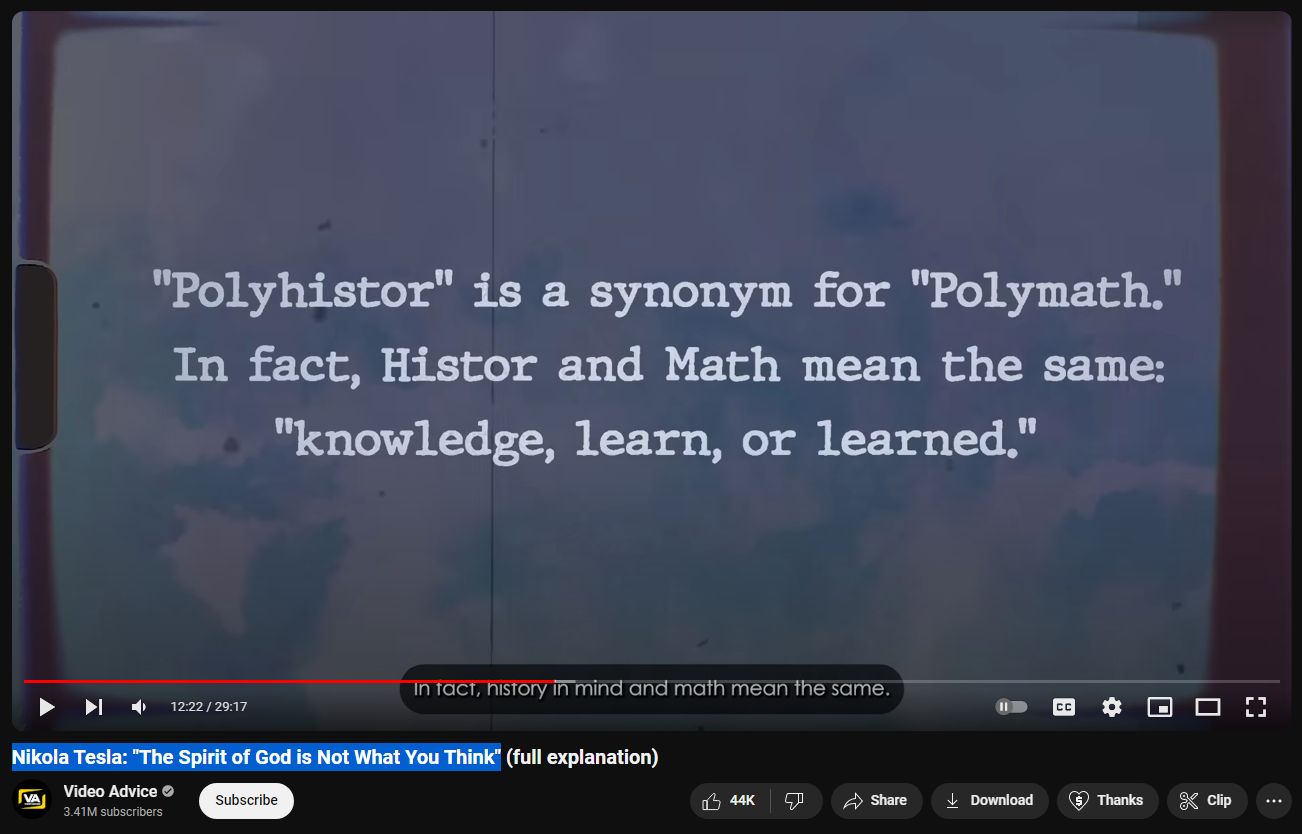Polyhistor — More on A440 — Dr Leonard Horowitz — Nikola Tesla
CGPT
I found a reference to a topic that might match your interest on SoundQuality.org, titled “Polyhistor — More on A440 — Dr Leonard Horowitz — Nikola Tesla: ‘The Spirit of God is Not What You Think'”【124:7†source】. This title suggests an exploration of various subjects including the A440 tuning standard, perspectives by Dr. Leonard Horowitz, and insights attributed to Nikola Tesla regarding spirituality and possibly their implications on music, science, and health.
However, specifics about the content, such as how these topics are interconnected or detailed discussions regarding each, aren’t provided in the search results. The reference to A440 likely pertains to the standard pitch (440 Hz) used as the tuning reference for musical instruments, which has been a subject of debate among musicians, researchers, and conspiracy theorists. Dr. Leonard Horowitz has been known for his work on health, music, and frequency’s potential impact on well-being, often merging scientific inquiry with more speculative theories. Nikola Tesla, celebrated for his groundbreaking contributions to electricity and magnetism, also held unique views on energy, frequency, and vibration, which have inspired various modern interpretations and theories, some more speculative than others.
Given the mix of subjects, this discussion could encompass a broad range of ideas from the scientific to the speculative, touching on how music and specific frequencies might influence human health and consciousness, potentially linking back to Tesla’s ideas on energy and the universe. For in-depth information, you would need to access the content directly from SoundQuality.org or other detailed sources.

